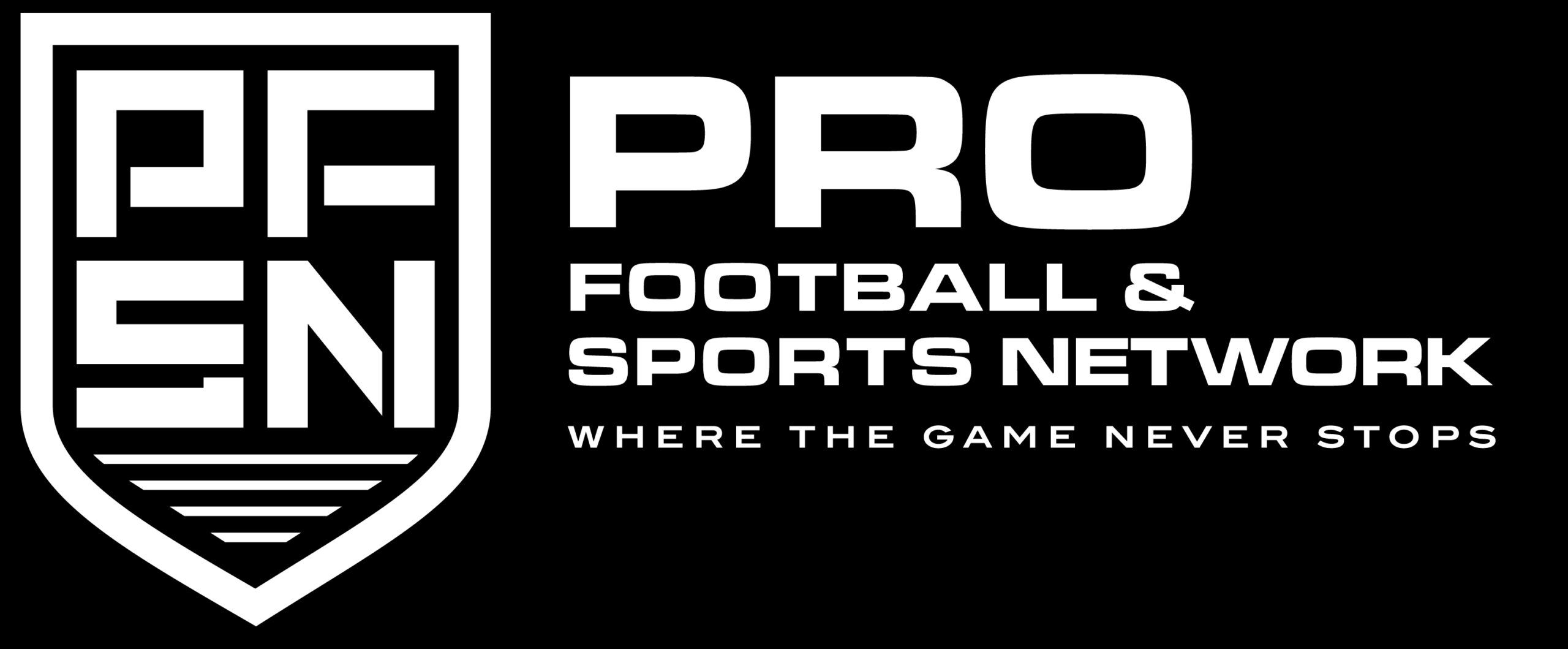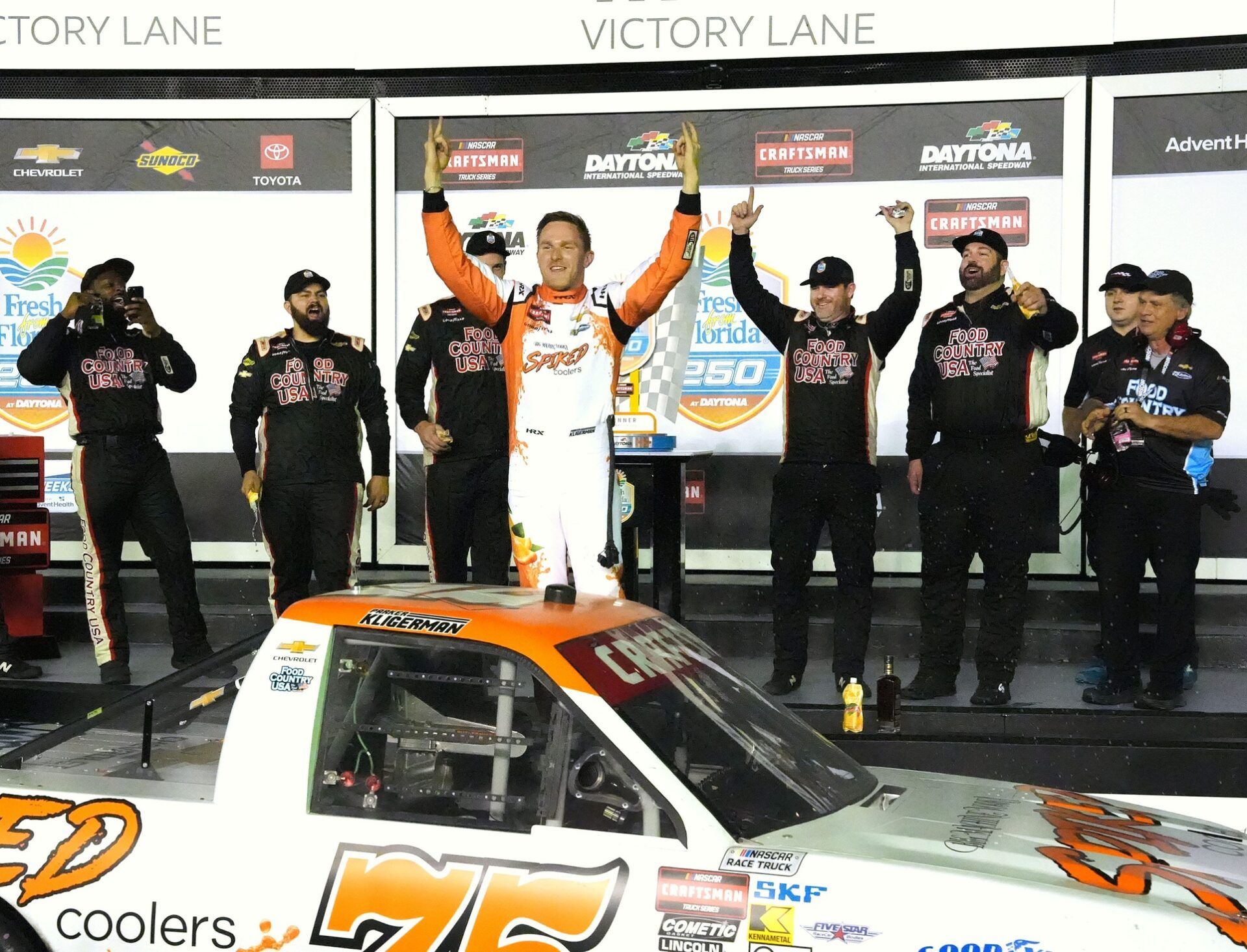In a shocking turn of events at the Daytona Truck Series race, Parker Kligerman saw his victory hopes vanish after being disqualified due to his truck failing post-race inspection. NASCAR ruled that Kligerman’s No. 75 truck was too low in the rear, stripping him of his win and handing the victory to Corey Heim. But what followed was an outcry from fans and a surprising suggestion from former NASCAR driver Landon Cassill—one that raises serious questions about the sport’s rules and tactics.
Fans erupted in frustration, calling the decision unfair and questioning whether the officials should impose these rules so harshly. Many pointed out that Kligerman’s truck had no damage and still got DQ’d, while others wondered if NASCAR’s consistency in enforcing this rule was in question.
Landon Cassill’s Eye-Opening Loophole
Amidst the controversy, former NASCAR driver Landon Cassill weighed in on the matter, exposing a tactic that some drivers have allegedly used to avoid such disqualifications, including himself. Cassill stated that finishing a race without damage puts a driver at risk of failing post-race height inspections since the suspension tends to sit lower due to all the abuse it endures during the race. He proposes a solution in a post made on X, which states,
“Drive it into the fence on the cooldown lap. It’s your only choice. I had no damage in New Hampshire, so they checked my heights: too low, DQ. Later I ran P4 at Phoenix, and made sure that didn’t happen again.”
The penalty for finishing a NASCAR race with no damage is that you have to pass post race heights.
Drive it into the fence on the cooldown lap. It’s your only choice. I had no damage in New Hampshire, so they checked my heights: too low, DQ. Later I ran P4 at Phoenix, and made… https://t.co/8ybM6PxeSk— landon cassill (@landoncassill) February 15, 2025
Cassill’s comment, though seemingly quite unethical, highlighted a flaw in the system—drivers who sustain damage during the race may be given more relief during inspections. This revelation raises a significant question: are some drivers intentionally damaging their cars after the checkered flag to ensure they pass post-race inspection?
If Cassill’s claim holds weight, it could change how drivers approach their finishes. Should NASCAR revise its height rule to consider a vehicle’s condition post-race? Or will we see more drivers taking severe yet unfair measures to ensure they aren’t disqualified for something as small as a ride height discrepancy?
For now, Kligerman is left with nothing but disappointment, and NASCAR fans are left with yet another controversial ruling to debate.

